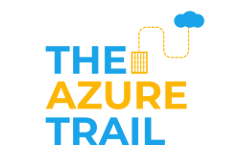Migrating .NET App – Modernization (Part 4)
Modernizing an application doesn’t have to mean a full migration or re-architecture. In part 1 of this Migrating .NET application series (Migrating to Azure App Service) we migrated and partially modernized the application with important but easy to do changes by introducing functionality to upload files to azure storage.
However following migration users of the application continued to report long delays when uploading files. Upon analysis we have determined that this isn’t related to the upload of the file but due to the actual processing of the file the user uploads. In this post we are going to look at modernizing the application even further by migrating this specific piece of functionality to an azure function with the aim of improving the user experience with the web application and making our application further Cloud-Optimized.
If you are new to azure functions it would be worth reading this post ( Azure Functions) before proceeding.
In the demo video below, we will look at creating an azure function that will handle the processing of the file once the user submits it via the web app, so from a user prespecive they will upload their file and they will no longer have to wait for the file to be processed before continuing.
The azure function will be triggered by a new file being added to the storage account.
We will also look at giving the function access to the VNET so that it can connect using the private IP of the database to save data.
Customers that require fine-grained control over their application have an option to deploy an App Service Environments (ASEs) into a subnet in their own azure virtual network. This provides a fully isolated and dedicated environment for running app service applications and azure functions. They are appropriate for workloads that might require very high scale and isolation and secure network access.
It is also possible for customers, who have applications running in their on premise environments, to use technologies such as Hybrid Connections or VNET Integration to trigger Azure Functions from on-premises resources or persist data from Azure Functions into on-premises systems.




Hi! I’ve been reading your weblog for a while now and finally
got the bravery to go ahead and give you a shout out from Humble Texas!
Just wanted to mention keep up the good job!